
Life on Board
Episode 4
Whether sailing, trading or something less legitimate, those who lived and worked on the seas expected payment for their labour. How would sailors have been paid, and more importantly when?
Today we live in a highly connected and globalised world, one that has shrunk as modern technology has made it ever quicker and easier to access far flung corners of the globe. But, as a nation, we have been travelling and trading via the seas for centuries. With large profits to be made these trade routes have had an impact on coinage and the nation’s economy. Over this episode we will see the effect that this maritime trade has had on our coinage and how our coinage has affected that trade. We will be focusing mainly on the golden age of sail in this episode, so roughly the 16th to early 19th century, and if you were trading in this period what would you have been using?
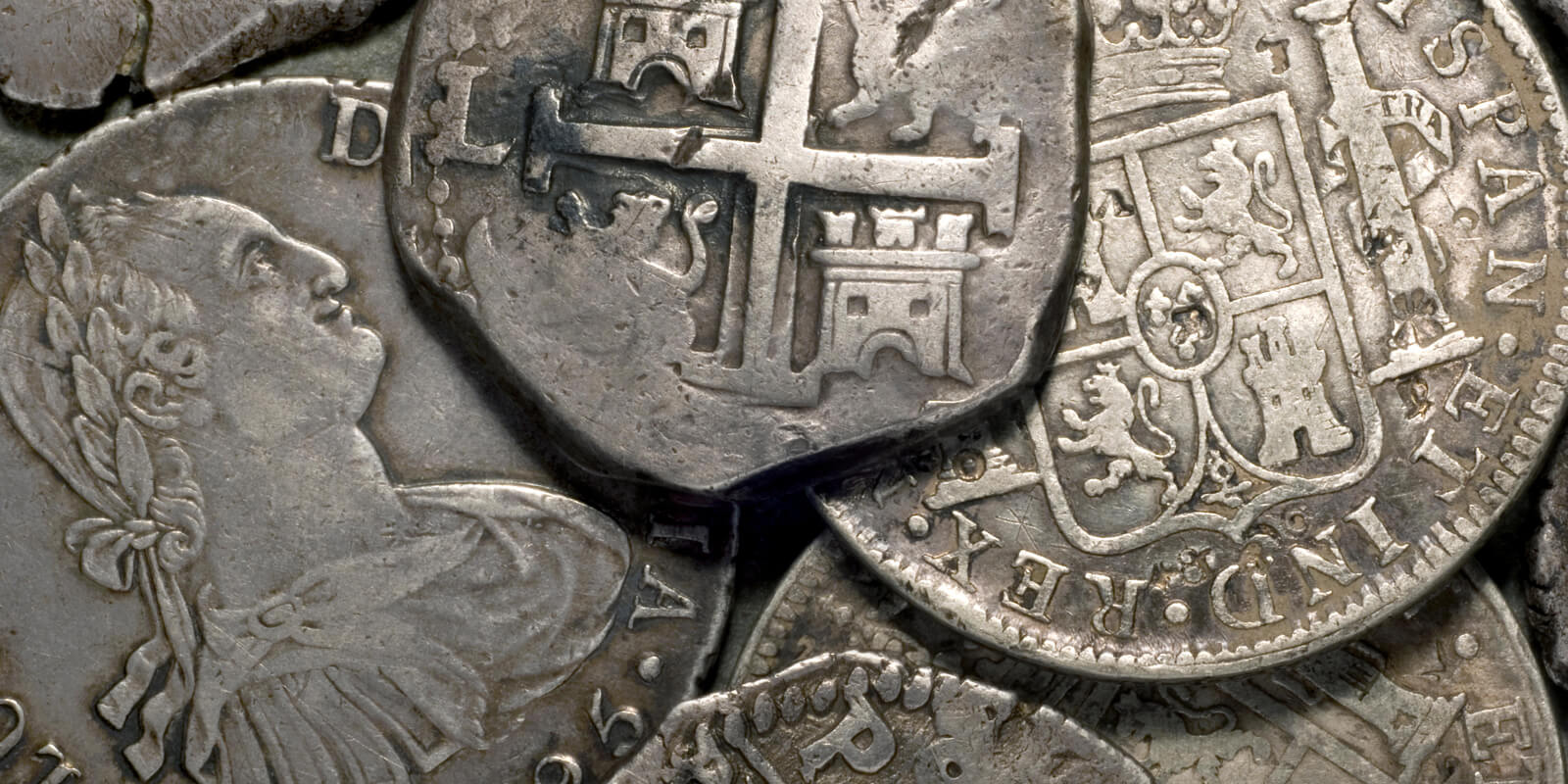
Spanish dollars would have circulated widely in the Caribbean. With a value of 8 Spanish Reals, they were sometimes known as ‘pieces of eight’. Image courtesy of Alamy
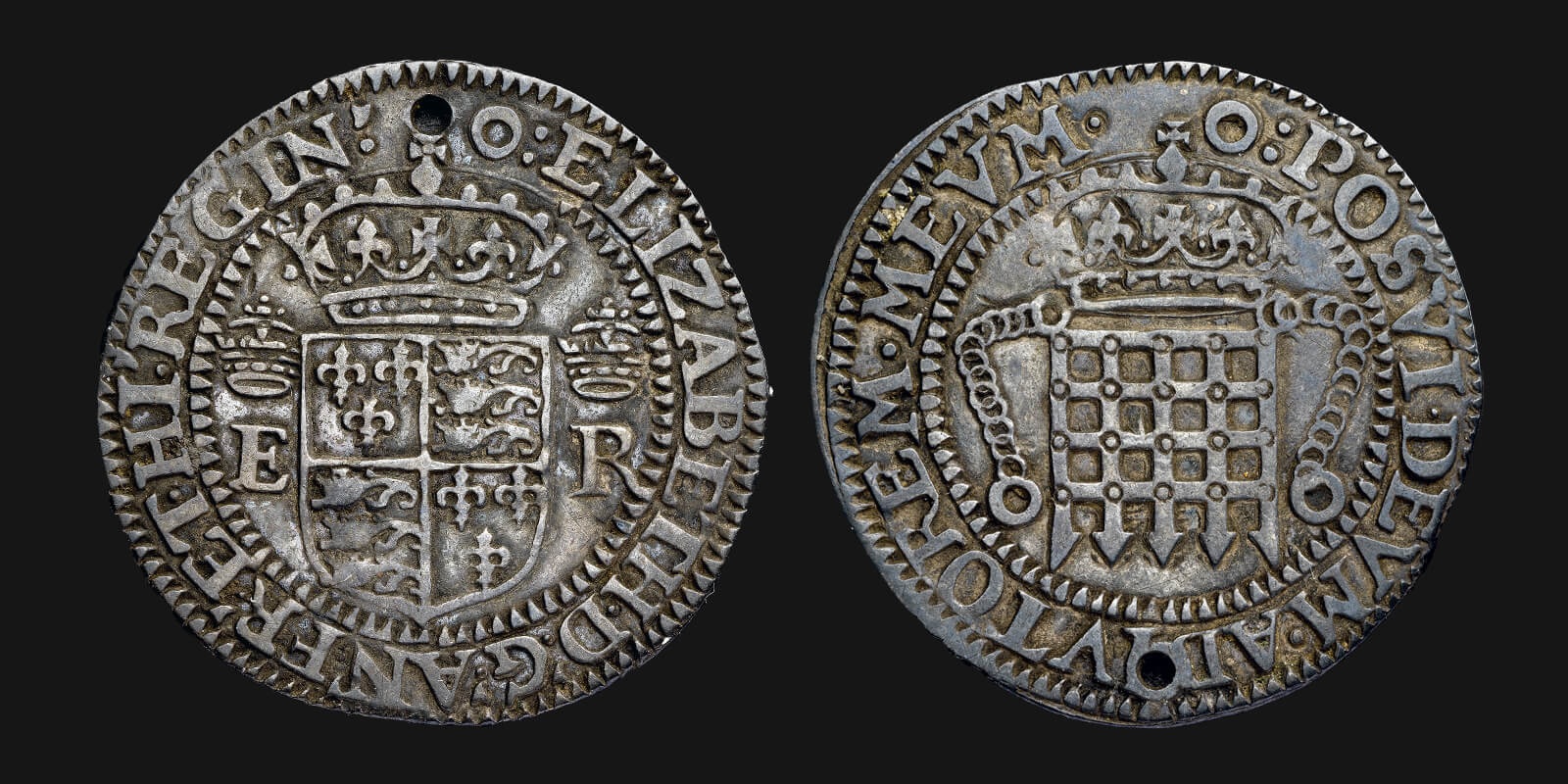
This was a short lived currency that was struck by the Royal Mint for the East India Company in order for them to trade in Asia. Its name is derived from the portcullis design that features on the reverse. Based around the weight and fineness of the Spanish silver coinage, it failed to make an impression with the local traders who had come to trust in the Spanish currency so much that no substitutes were as acceptable.
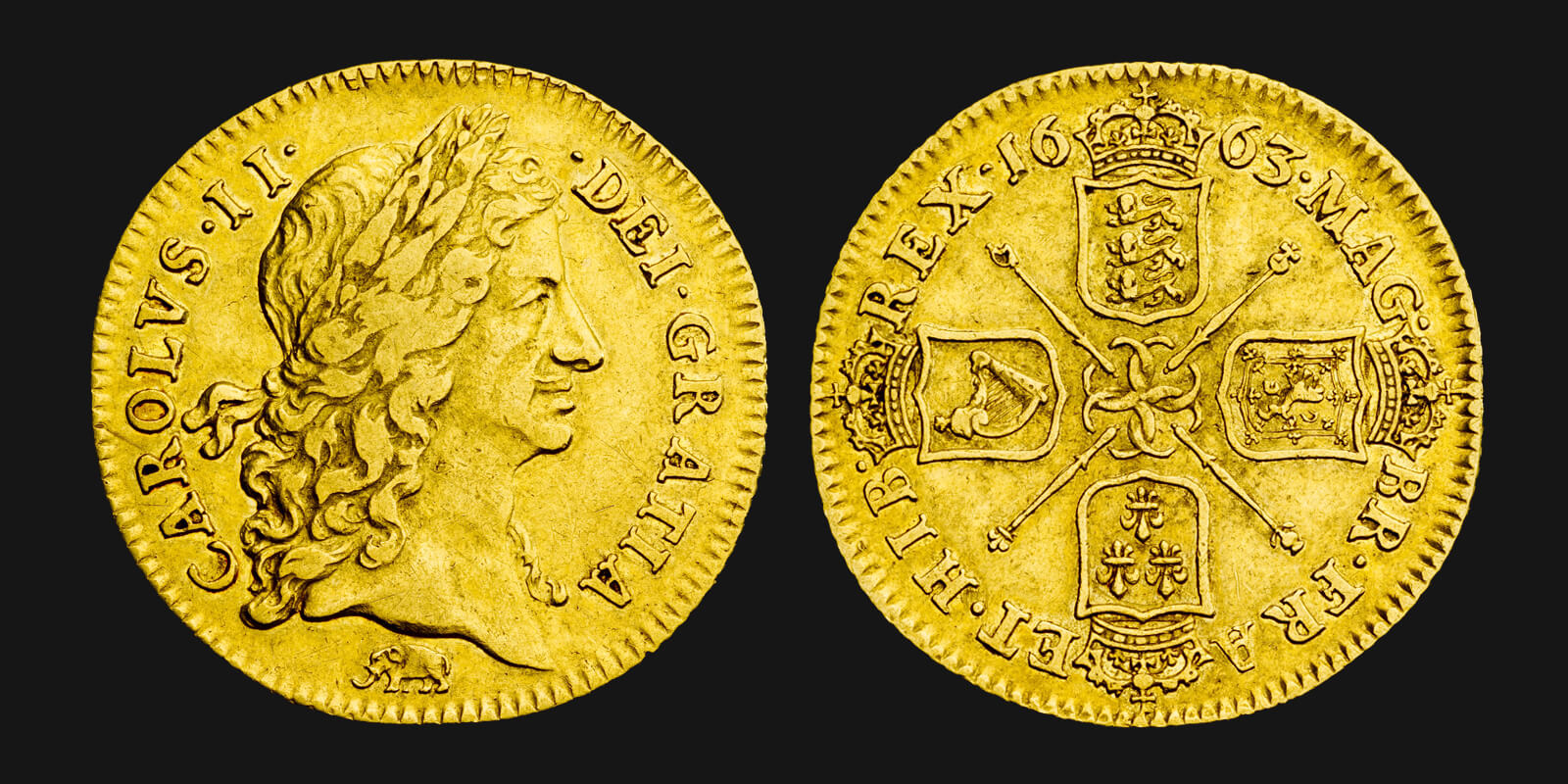
The Guinea was initially struck during the reign of Charles II in 1663 and was produced using mechanisation, rather than the old method of hammering the coin out by hand. The coin picked up its name from the little elephant mark which appeared beneath the bust of the monarch. This was a provenance mark and denoted the source of the bullion which had been used to make the coin. In this case, it was the mark of the Royal Africa Company who had imported the gold from the Guinea coast of Africa, which was where the coin picked up its name. Its value fluctuated from the original 20 shillings in 1663 through to as high as 31 shillings before it was set on the advice of Sir Issacc Newton in 1717.
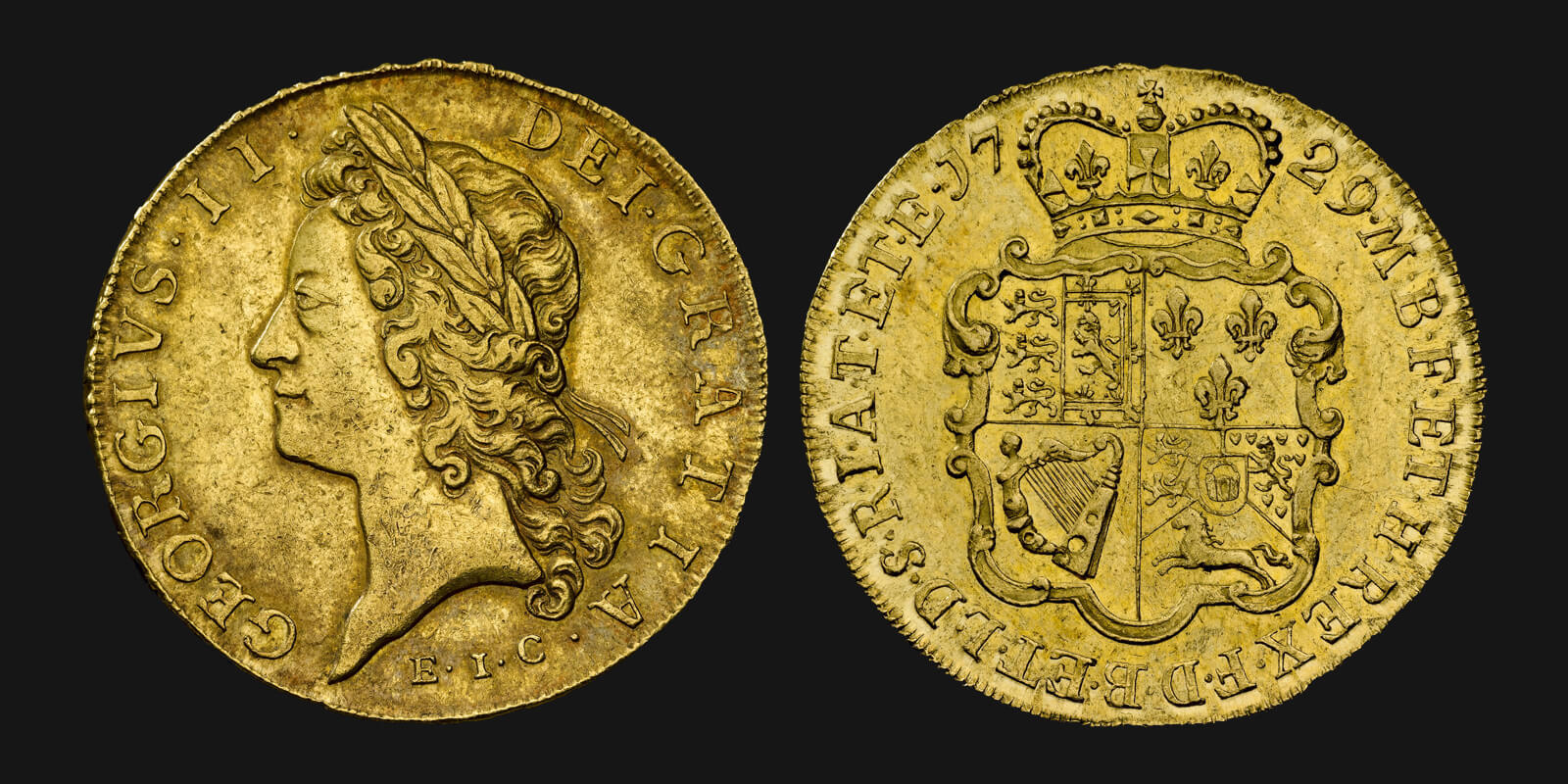
Companies other than the Royal Africa Company imported precious metal that went on to become part of the English coinage. The East India Company was another such trading organisation that would bring gold into the country, some of which eventually became coin of the realm. This five guinea piece has the provenance mark EIC below the bust of the King to show that the East India Company was the origin of the gold.
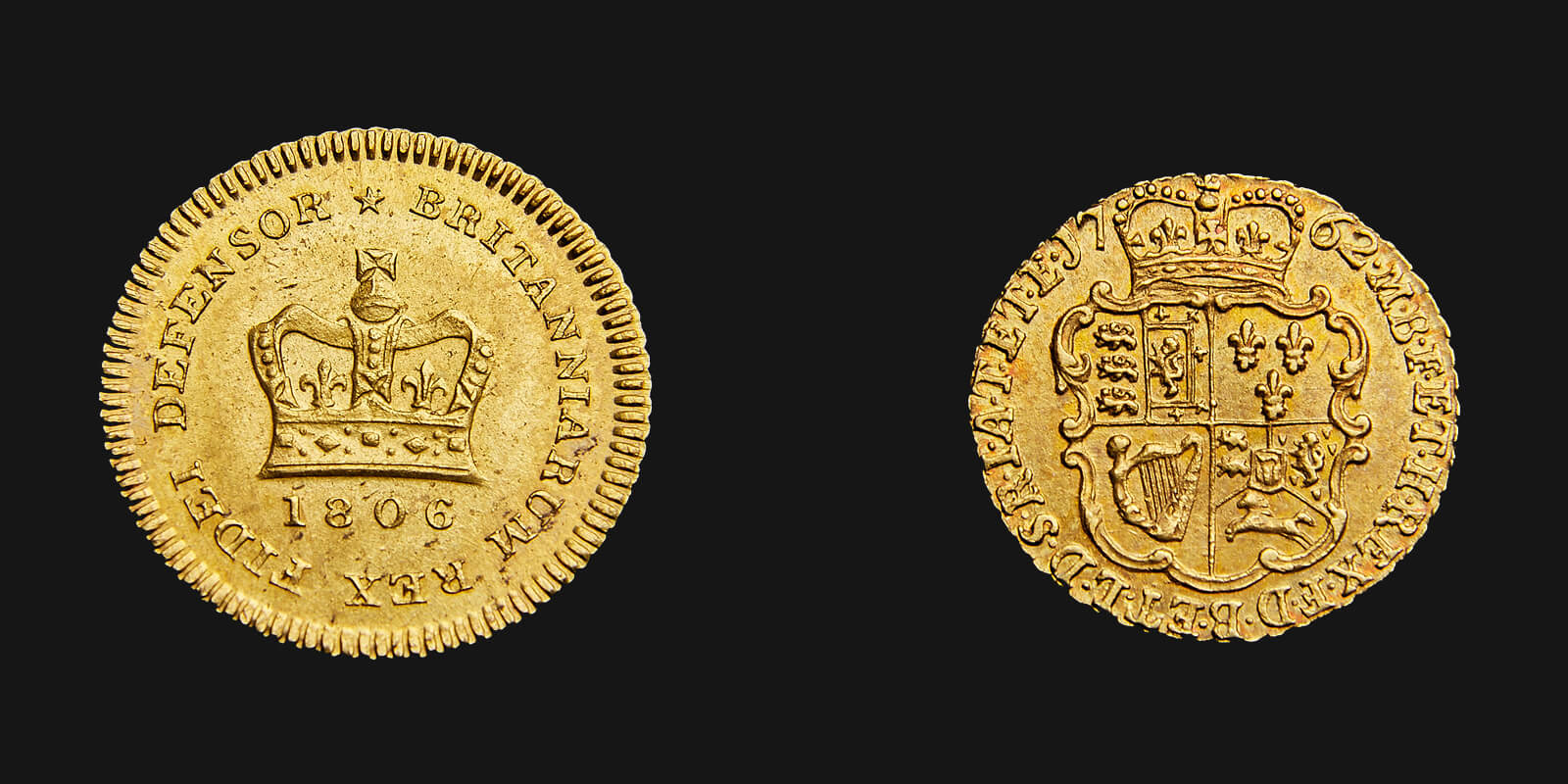
With the shortage of silver coinage developing throughout the 18th century, fractional guineas were struck at smaller values to make up for this. The coins, however, proved unpopular owing to their small size and inconvenient denominations.
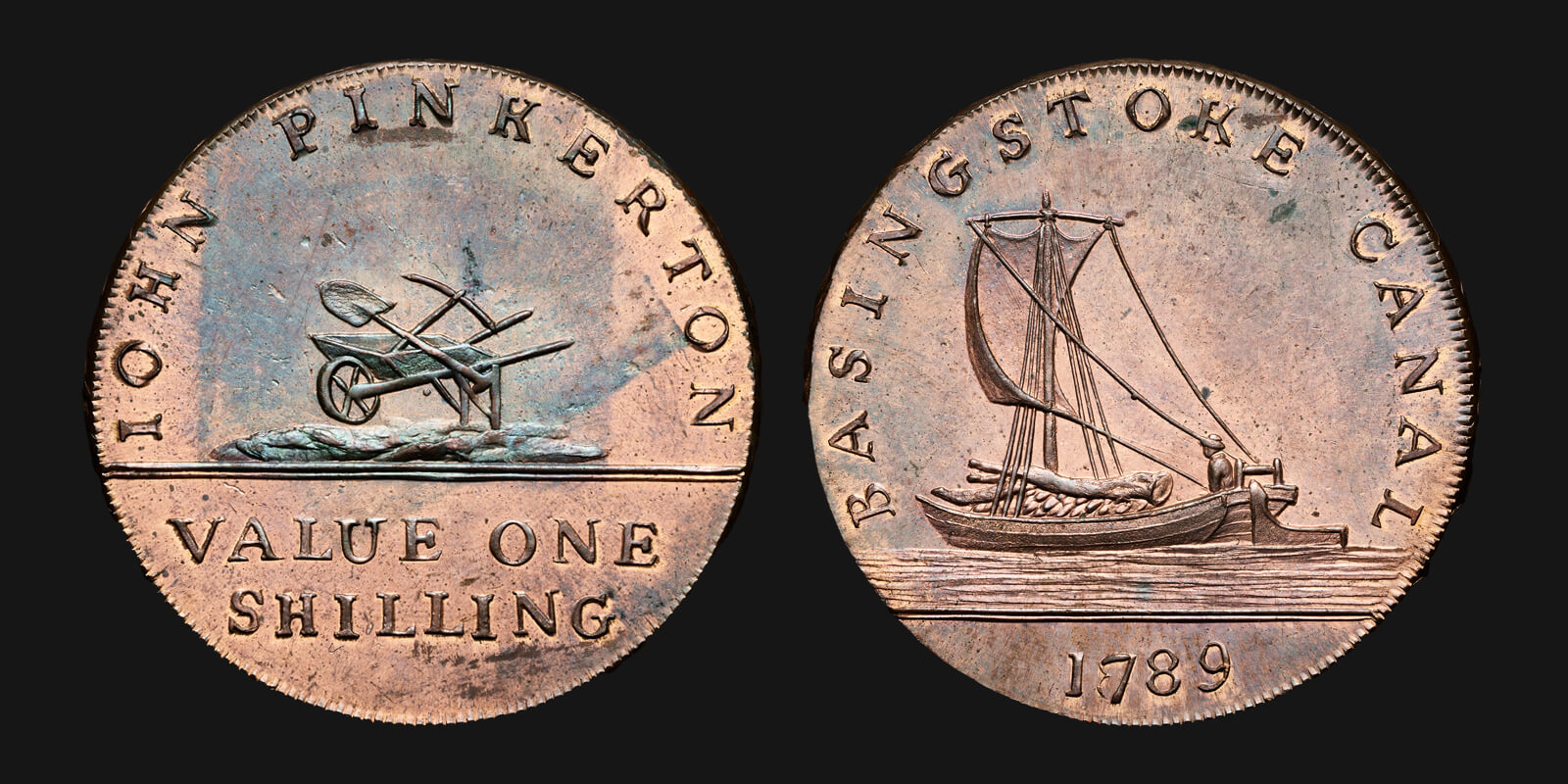
Another method to plug the gap created by the shortage of small silver currency was for manufacturers or retailers to strike their own token coinage which they used to pay their workforce or in their shops. This became popular in the 18th and early 19th century but created its own problems as it was often only accepted within a limited geographic region, or by retailers that had links with the issuer.
Our guests in this episode were Dr Richard Blakemore (Reading University), Dr Marian Gwyn, David Carter and Stella New (Portland Museum). Click here to find out more about them.
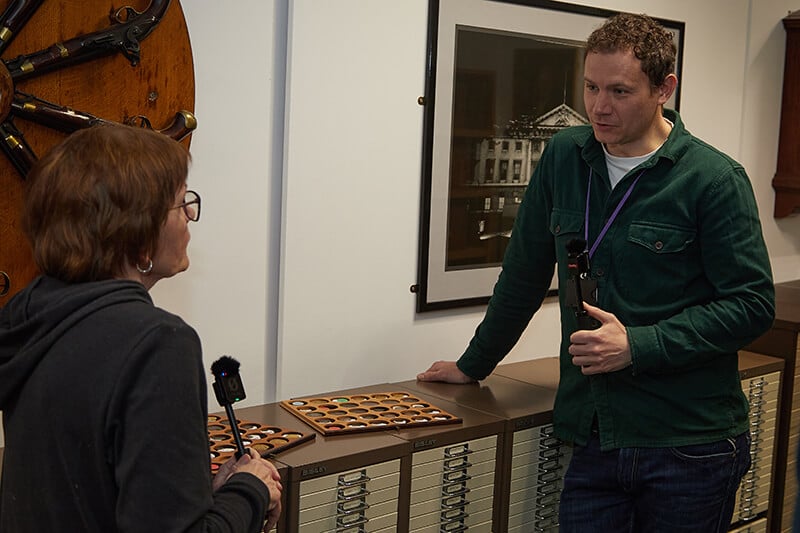
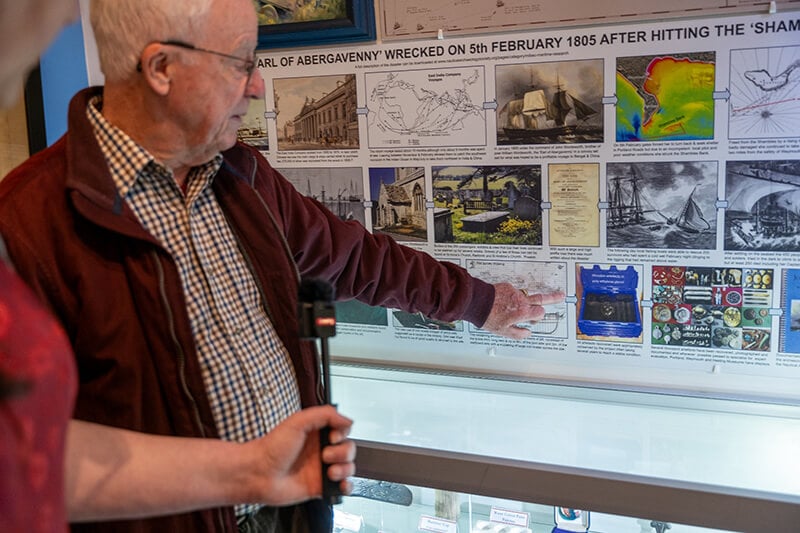
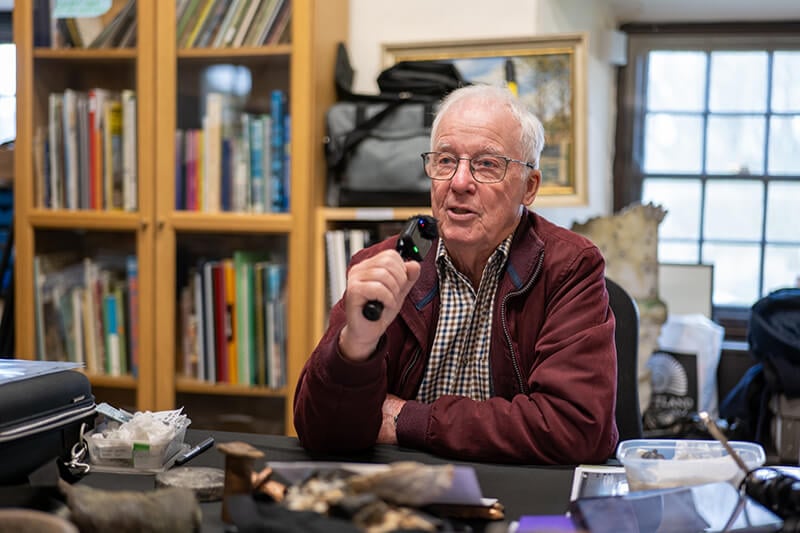
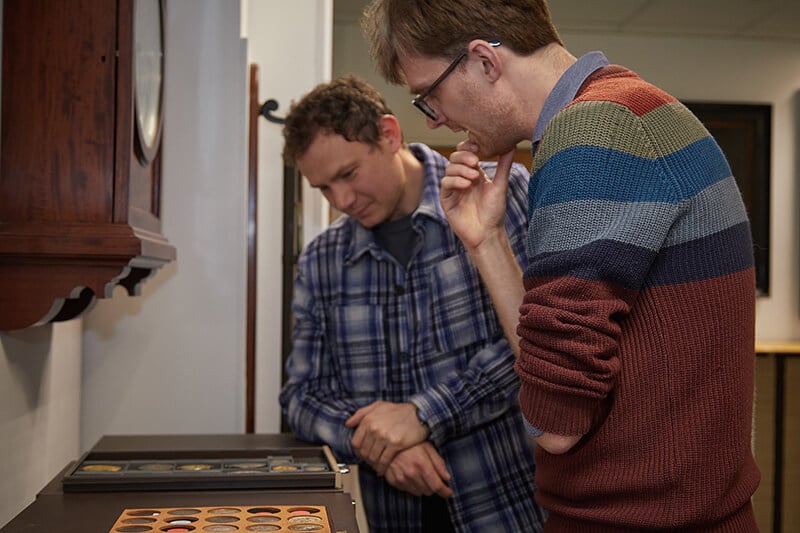
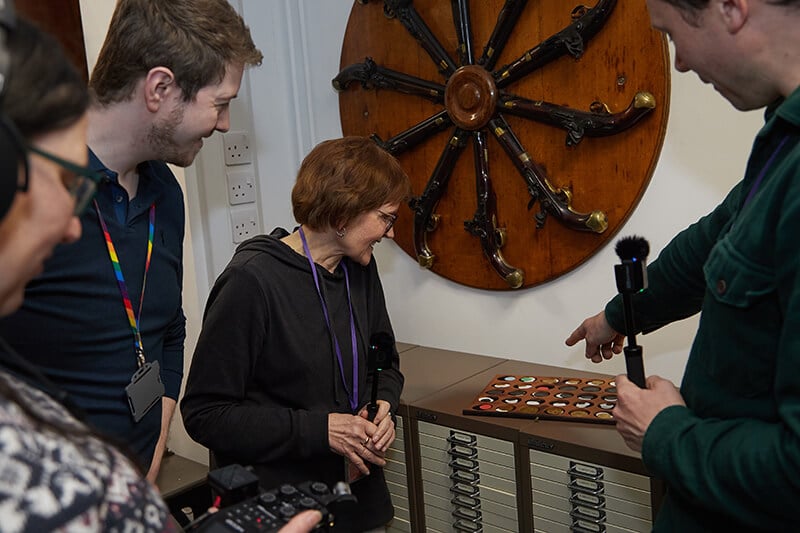
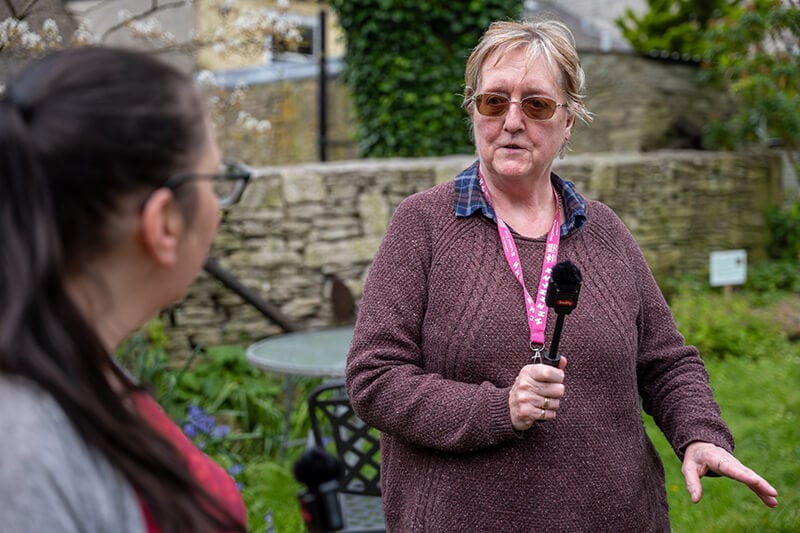
“Worth a guinea a box”, proclaimed nineteenth century advertising for Beecham’s Pills, in what would go on to become known as the first advertising slogan. Supposedly a genuine testimonial for the pills, which were billed as relieving all manners of ailment and illness, the slogan was used on posters and in newspapers from 1859 and through into the twentieth century. Strangely though, the last guineas were issued in 1813, and it would have been incredibly rare to have encountered a physical gold guinea coin by 1859. So why do we find the name of a coin from decades earlier on items such as this Beechams Pills box, which forms part of the Royal Mint Museum collection?
Since 1718 the guinea had been formally valued at 21 shillings, equivalent to just over a pound sterling, or £1.05 today. It originally began life as a 20-shilling coin and climbed to over 30 shillings in value as gold prices rose before being fixed at 21. The pre-eminent gold coin of the seventeenth and eighteenth centuries, the guinea was associated with all kinds of luxury goods. It was a large gold piece, which came from the same international trade that brought goods like silks and spices to the English market, and came to be associated with expensive goods like furniture and horses. Because it was worth one pound and one shilling, selling a high-value item at, for example, “10 guineas” sounded much more appealing than “10 pounds and 10 shillings”. The association between the coin and luxury extended to advertising, with brands like Beechams keenly adopting the idea that their product might be associated with high wealth and status.
As luxury goods became more available in England through the eighteenth and nineteenth centuries, because of increased international trade, guineas could regularly be used in the purchase of all kinds of high-value items. Luxury furniture, thoroughbred horses, and valuable livestock were all among the commodities that were regularly priced in guineas. Professional fees too, such as for legal or medical services, were often billed in guineas even as late as the nineteenth century. Even centuries after the coin was effectively removed from circulation, by the 1840s, and long after the introduction of the sovereign in 1817, the term remained in use. Billing in guineas became a mark of prestige: proof that you were selling a serious professional service, trading in a luxury commodity, or were a businessperson with trustworthiness built up over decades.
Guinea coins are purely historical and collectable coins today, but the term ‘guinea’ is still used as a unit of account in some professional and high-value services. In some auction houses, and particularly at livestock or horse-racing auctions, guineas are used as the unit in which bidding takes place. In some auctions, the term is simply used as a replacement for “pounds”, with 1,000 guineas meaning £1,000. Sometimes, though, the £1.05 value of the guinea coin is maintained, with the extra 5p on every £1 being charged as an auction-house fee. Even today, over a century after the guinea lost its official status as legal tender, its strange and specific value of 21 shillings is still used in the same markets that were originally served by the gold coin.
Episode 4
Whether sailing, trading or something less legitimate, those who lived and worked on the seas expected payment for their labour. How would sailors have been paid, and more importantly when?
Episode 5
The allure of shipwrecks has drawn treasure hunters and historians alike, but what happens to the cargo they carry? This episode uncovers what happens when gold and silver are recovered from beneath the waves.
Episode 6
Pirates, privateers and general rogues of the sea have been long associated with chests overflowing with coins. But did they really make their fortunes in shining silver, and are there chests of treasure out there waiting to be found?

